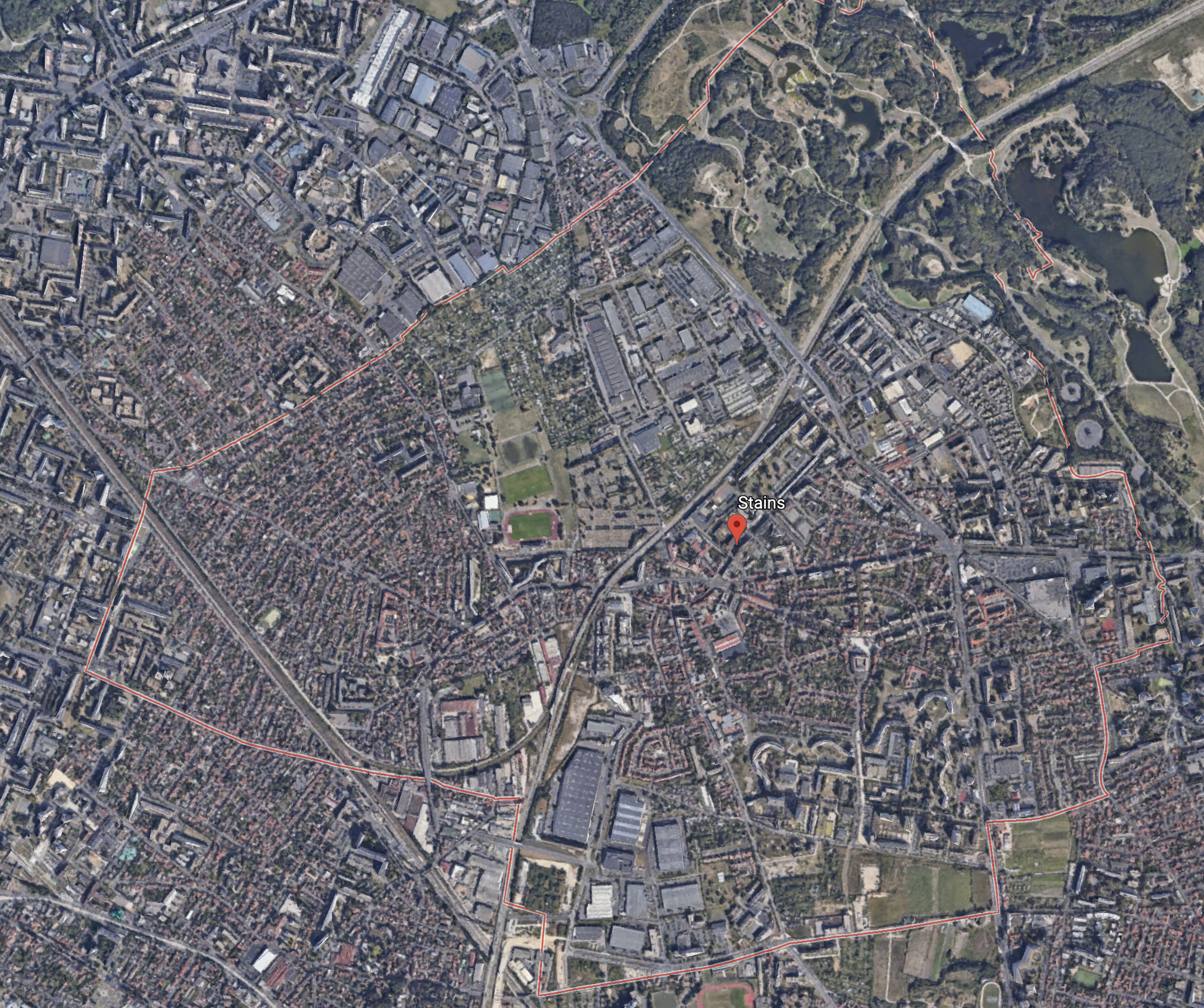Stains, France developed in the 1920s is inspired by Howard’s ideals of a Garden City, except that the area was designed, and is currently segregated for the working class. Stains originated as a low-cost alternative to crowded terraced housing for the post-war working class, and it currently houses immigrants and the working class, and has higher than average poverty and unemployment rates. Stains, like Howard’s designs, has planned areas for residential areas of various types, commercial areas and green spaces, which were originally centered around a ring, and have now spread out into small grids. Stains has managed to be self-sustaining as residents strive to keep the city’s buildings and heritage alive. The design of Stains embodies Howard’s ideals of a self-sustaining space, with low-density diverse housing, however, as it is economically segregated, it deviates from Howard’s original ideal of a Garden City.
Stains, France
